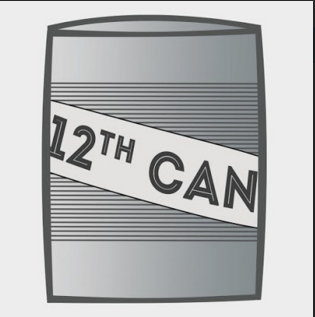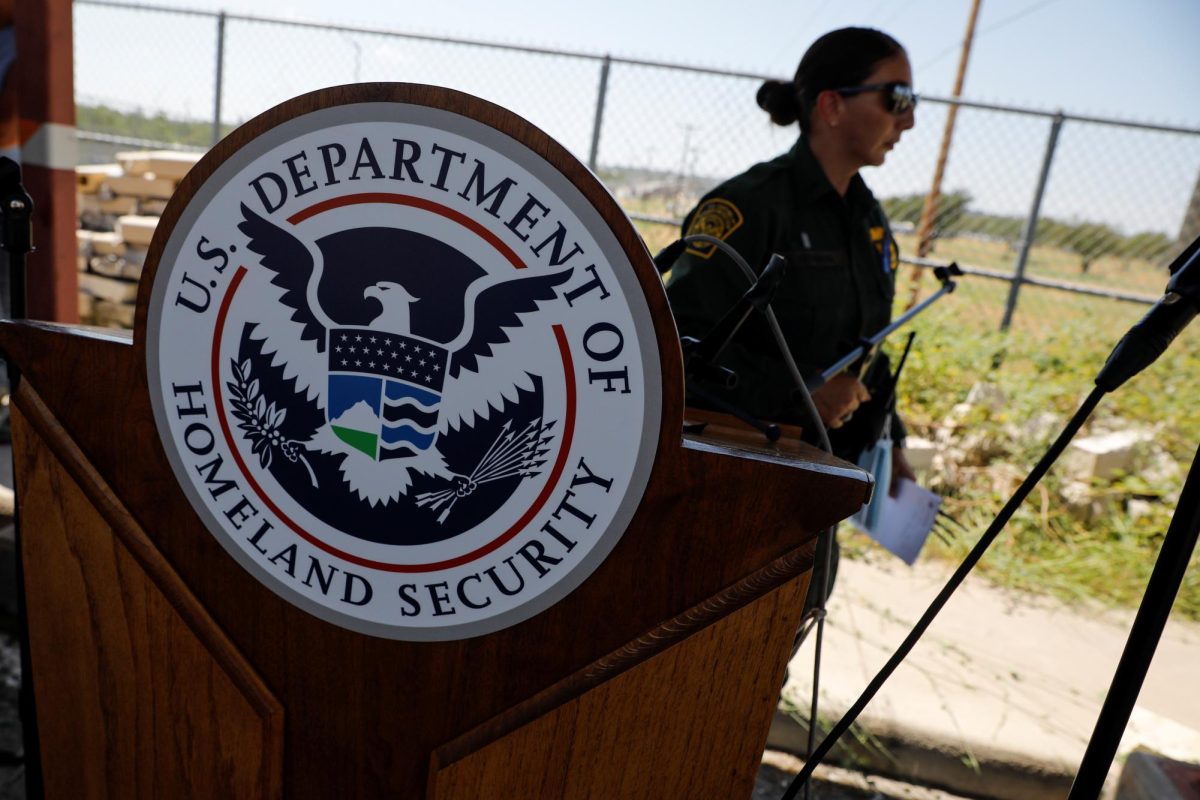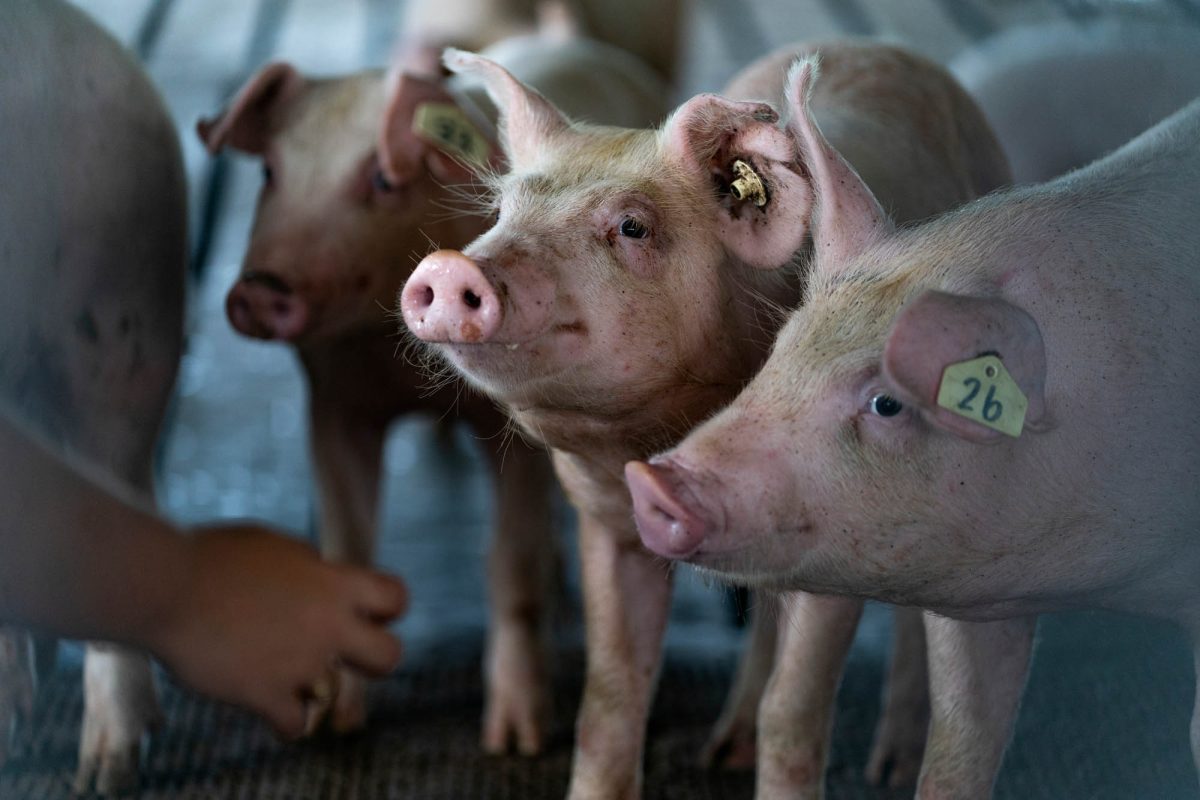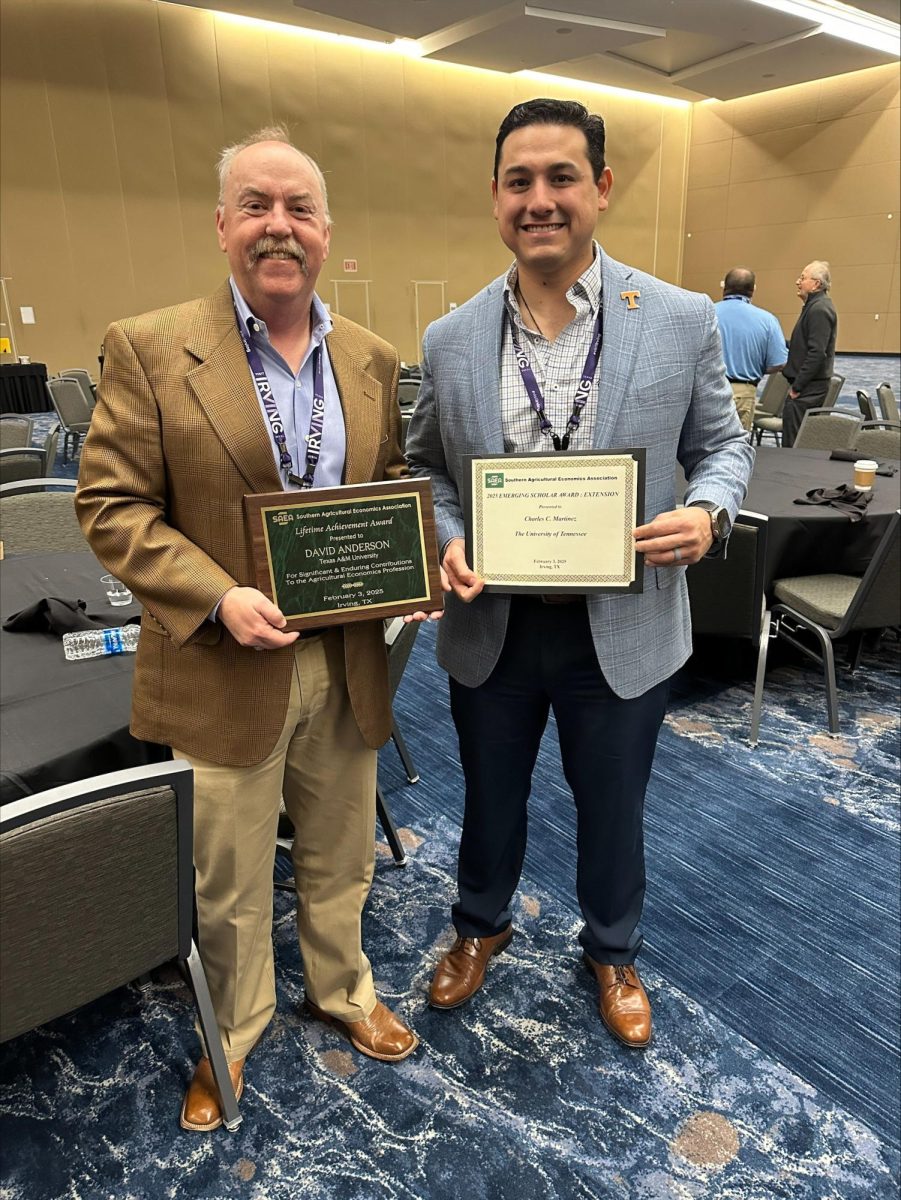As national student poverty rises, Texas A&M resource facilities are taking action to assist Aggies with financial and nutritional aid.
According to the U.S. Census Bureau, 34.7 percent of College Station’s population is living below the poverty line, with the highest number of people falling between the ages of 18 and 24. The issue of college poverty is more concentrated at A&M, according to Megan Ford, kinesiology junior and executive director of The 12th Can.
“We’re above the state and national average for poverty, so one in five people in this area are food insecure, which is actually higher than most universities,” Ford said.
The 12th Can is A&M’s food pantry, located on west campus in the mail delivery services complex. The pantry provides non-perishable foods for students, faculty and staff in need. Out of the nearly 70,000 students at A&M, only 33 visit the pantry, according to Ford.
“Often times people that are in poverty have to make decisions, like ‘Do I have to pay rent for the month, or do I pay gas for my car, or do I pay for food to feed my family?’” Ford said. “And, for students that can be: do I pay tuition for this year, do I drop out, or do I pay for food for this month or do I pay rent to keep living — or for textbooks?”
Ford said The 12th Can is working to assist students decide how to spend their money without sacrificing their health.
“And so we’re trying to eliminate those decisions by allowing them to come to our pantry and get food so they don’t have to make the choice of ‘Do I continue my education, or do I feed myself?’” Ford said.
The Texas A&M Money Education Center, located on the first floor of the Pavilion, provides an array of services that can give students the tools and strategies to be financially secure and successful. Nick Kilmer, assistant director of the center, said the center can help students who are burdened by extremely difficult financial circumstances.
“So if a student comes into that financial situation, and at least to them they’re like, ‘My back is against the wall. I don’t see a way out,’ then what we’ll do is we can sit down with them as caring professionals, take a look at their specific personal situation and ask ourselves, ‘Have they maxed out federal aid eligibility?’ Is there any kind of institutional money that might be out there to help?” Kilmer said.
Kilmer is also a professor for A&M’s new foundations for money education course. Topics of the course include investments, home-buying, car-buying, credit scores and more. This is the second semester for the general elective course, which 70 students are currently enrolled in, an increase from 23 students last semester, according to Kilmer. Kilmer said he has received positive feedback from students, and he hopes the course will continue to grow.
“The beauty of it to me is, while our center is amazing, students have to come here on their free time — they’re already busy — to get the help they need,” Kilmer said. “Instead, they take the class. They’re in a course that’s fulfilling a degree requirement, and at the same time, they’re not only learning everything that the center can teach them, they’re learning in far more depth.”
Kilmer said he wants to ensure that students can utilize the money education resources even after graduation.
“We expect them to come back,” Kilmer said. “Life is going to change. There are going to be some hurdles thrown their way, but they leave here more positive, more hopeful. They get help as current students, but we make it clear to them after they graduate, all former students are welcome to call us, come by, ask questions. Once an Aggie, always an Aggie.”
Battling college poverty at Texas A&M
February 12, 2018

Photo by FILE
The 12th Can is a food pantry located on West Campus in the mail delivery services center.
0
Donate to The Battalion
$2790
$5000
Contributed
Our Goal
Your donation will support the student journalists of Texas A&M University - College Station. Your contribution will allow us to purchase equipment and cover our annual website hosting costs, in addition to paying freelance staffers for their work, travel costs for coverage and more!
More to Discover









